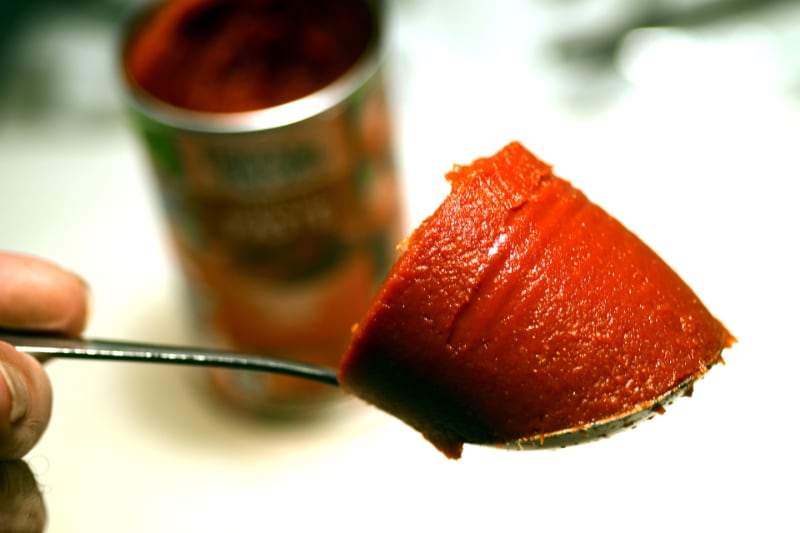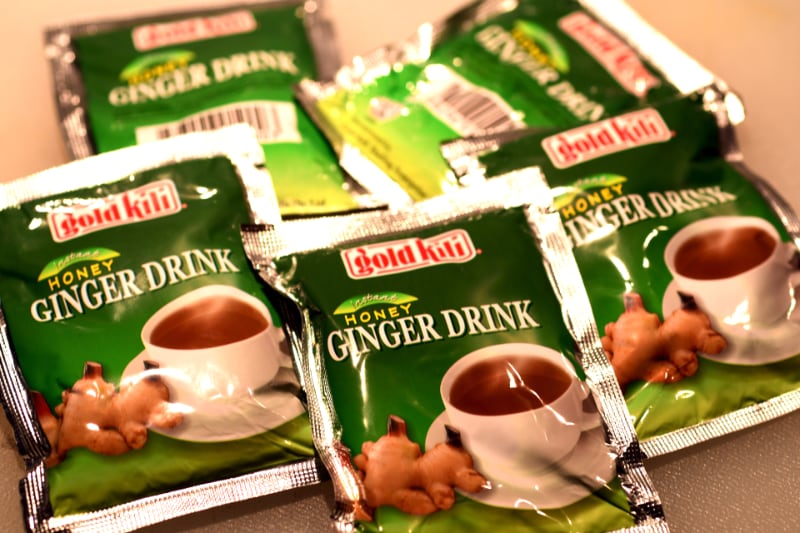
For the last few years we were hit over the head by characters, pretty slimy characters in many cases, urging us to “follow the science.” We’ve been told that there’s something called “scientific consensus” — you know, the thing that once insisted that sick patients should be bled by a barber — and we must agree with it.
As events unfold, we learn that in medicine as in other industries, it’s better to take the advice Mark “Deep Throat” Felt gave to Bob Woodward: “Follow the money.”
Congressional hearings, despite their being congressional hearings, continue to reveal enormous evidence that the SARS-CoV-2 virus first took life in the Wuhan Institute of Virology and no evidence, none whatsoever, not even a rumor of evidence, that it originated anywhere else. The testimony and associated documents presented in a Senate hearing yesterday demonstrate that 2020’s “scientific consensus” was a fabrication. As we’ve learned over the months since 2020, lots of money changed hands, from the U.S. government to a sketchy outfit called EcoHealth Alliance to the Wuhan laboratory, in payment for “gain-of-function” research which the U.S. officials involved have denied ever happened. Those officials also encouraged scientists to write a paper saying the virus couldn’t have come from the lab and rewarded them for doing so, via fat U.S. government grants. Follow the money.
But that’s just a little of the money. The big bucks came in the production and sale of “vaccines” that many of us — and our number is growing — believe were no better, and in some respects worse, than if people had been injected with water from the puddle in the driveway.
That’s starting to get examined, too. On Monday the State of Kansas filed a lawsuit against Pfizer, Inc. The pharmaceutical company (whose previous most famous litigation was as a side player in a lawsuit to evict an old woman from her home) claimed their modified-messenger RNA “vaccine” is safe and effective. Kansas alleges the experimental concoction was neither safe nor effective.
This comes as a panel from the Ninth Circuit Court of Appeals ruled that whether the “vaccine” is actually a vaccine is litigable, opening the door to lawsuits over whether the substance Pfizer and others sell is really a vaccine at all. (In 2022 alone, after the pandemic’s peak, Pfizer had $38 billion in revenue from the COVID-19 product it claimed was a vaccine, even though it didn’t actually prevent anyone from contracting or spreading the virus.) This comes after AstraZeneca withdrew its mRNA “vaccine” in the face of declining sales and a class-action lawsuit over its sometimes-fatal side effects. Follow the money.
The sunlight is beginning to penetrate, and by the time it has disinfected everything it will be clear to anyone who cares to look that the medical-industrial-government response to the COVID-19 pandemic was not about science but about money, and “follow the science” and “scientific consensus” were just sales slogans.
Our media are covering this only slightly when at all. They are focusing on the astonishing discoveries that it gets hot in the summer, that Donald Trump is a jerk, and that the years have not been kind to already dimwitted and dishonest Joe Biden.
The lesson? When it comes to our health, we’re on our own.
So here’s some stuff that you ought to know. It will enable you to give your health a fighting chance. It’s not comprehensive and I’ll add to it in the future as I find new things. But what we’ve learned this miserable half-decade is that we should all be doing our own research. What I’m going to mention here are things that are known to be good for the intended purpose, and in any case good for you. They’re safe for almost everyone.
Let’s begin with an issue common to the majority of men sooner or later. It is an annoying organ called the prostate. It enlarges over time, resulting is many inconveniences — if you’re a man, you probably know or will. It often becomes cancerous. There are many patent medicines that claim to reduce the enlargement. These are expensive and unreliable. Other remedies traditionally used have been shown in large studies to be largely useless.
In recent years there’s been a school of thought that the antioxidant nutrient lycopene is helpful in reducing prostate enlargement and cancer. There have been numerous studies. The results are all over the place, often depending on how the lycopene is consumed.
Lycopene is an unusual nutrient in that it becomes more effective when cooked. It is found in tomatoes, watermelons, pink grapefruit, and other red or pink fruits. We don’t usually cook watermelon or grapefruit, but we do cook tomatoes.
Now comes the matter of dosage. It appears you will need a lot of cooked tomatoes or a whole lot of raw ones to get decisive benefit from lycopene. If you look around you’ll find many people claiming that you need to take 500mg of lycopene per day to reduce prostate symptoms. That is a very large dose. It also hasn’t been proved necessary.
Added to this is a peculiarity: it seems that if you take a lycopene supplement you may not receive the benefits you want. You’re better off getting your lycopene in tomato products than in a pill. This seems to hold true also as applies to other conditions the nutrient is said to reduce, such as cardiovascular disease.
So, it’s best to consume lycopene daily, it’s best to consume a lot of it, and it’s best in its natural form, surrounded by other nutrients that seem to aid it. (Because it is fat-soluble, it needs to be consumed with a little fat, too, such as a swig of olive oil, or by smearing tomato paste on your burrito if it includes meat and cheese.) The hard part is taking a lot of it. For example, ketchup has about 10 milligrams per 100 grams. But 100 grams is about four ounces, so if we’re shooting for 500mg we’re going to be guzzling 200 ounces of ketchup every day, which many of us would find unpleasant.
But it is far more concentrated in tomato paste, which is basically concentrated tomatoes. There’s 20 times as much natural lycopene in tomato paste as there is in ketchup or tomato sauce.

I do not propose that you eat 10 ounces of tomato paste every day, but there has been work done that tells us an ounce or two daily is probably enough. That’s two to four tablespoons. You could just swallow a big glob of it or you could replace ketchup with tomato paste and incorporate it in the food you eat, as long as you get that much down your gullet.
And it is generally good for you in other respects as well, so the whole family will benefit.
I conducted my own experiment, on myself, and I recommend it. (To steal from an old and not very good joke, the byline on this column could be “I. P. Freely.”)
I’ve written before about the health effects of the Japanese ground green tea leaves known as matcha. I’ll not repeat it all here, but once you’ve looked into it a little you’ll realize that it is crazy for anyone not to drink a bowl of matcha every day. It is not just good for what ails you, it’s even better at preventing far worse things from ailing you. Yes, a month’s supply of the good stuff costs $50. But we all spend more on things that benefit us less.
If you don’t have ginger in your daily diet, you should. It is very good for you. I hadn’t considered this until a few years ago, when a migraine came to visit. If you suffer from migraines (or their even worse cousin, cluster headaches), you know how desperate you can be to rid yourself of them. I had an expired prescription of the expensive — $53 per dose — sumatriptan, an effective pharmaceutical. It comes with all kinds of warnings, and the first time I used it I had to sit in the doctor’s office, to make sure I’d have instant treatment if it tried to kill me.
I looked online to see if expired sumatriptan was safe to use, but I found a study that said ginger seemed to be just as effective, with none of the dangers. I had here some little packets left behind by a friend, a product called “Honey Ginger Drink.” So I conducted another experiment on myself. I mixed it with hot water and drank it. The migraine went away. You don’t have to use it in a physician’s presence, because it is perfectly safe. And instead of $53 per dose, it’s $4.49 for 20 doses. I was excited about it.

It has continued to be effective when needed and tasty when just enjoyed. The sumatriptan remains in the medicine chest, even more expired now.
But you don’t need migraines in order to benefit from ginger. As with lycopene, it needn’t be fresh to be useful — its benefits survive all kinds of abuse (even mixing it with sugar, putting it in little packets, and shipping it here from China). It is also useful in easing the symptoms of chemotherapy and of other illnesses.
If you like being well, there are nutrients that you should probably consume daily via supplements. A startling percentage of us are deficient in vitamin D, which is very important to our bone strength and far more important to our immune systems. But to be effective, it needs to be accompanied by vitamin K2, which tells the vitamin D where to go and what to do when it gets there.

Also crucial are calcium, which works with vitamin D, and magnesium. But not just any calcium or magnesium. Depending on the compound, they may be more or less “bioavailable” — well absorbed by the body. This is especially true of magnesium, in which as many as half of us are deficient. But supplementation is tricky, especially when the big box store bottles say “Calcium” or “Magnesium,” particularly the latter. For instance, if the magnesium in the bottle is magnesium oxide, it won’t do much to aid in relieving a deficiency, but it will loosen your bowels. So it’s best to learn the difference and read the labels.
We should all be eating more fish and vegetables, especially cruciferous vegetables — cabbage, cauliflower, broccoli, Brussels sprouts, and so on — because they will make it less likely that we’ll get cancer. They have other benefits as well.
Follow the money to learn about the corruption of the medical establishment. Follow the links above to learn things that will make you healthier.
Those things are not just important but essential for those of us to whom getting sick and dying prematurely are unappealing. It is our responsibility to keep up on it. We should have learned over the last few years that if we don’t take personal responsibility for our health no one will.

Dennis E. Powell is crackpot-at-large at Open for Business. Powell was a reporter in New York and elsewhere before moving to Ohio, where he has (mostly) recovered. You can reach him at dep@drippingwithirony.com.
You need to be logged in if you wish to comment on this article. Sign in or sign up here.
Start the Conversation